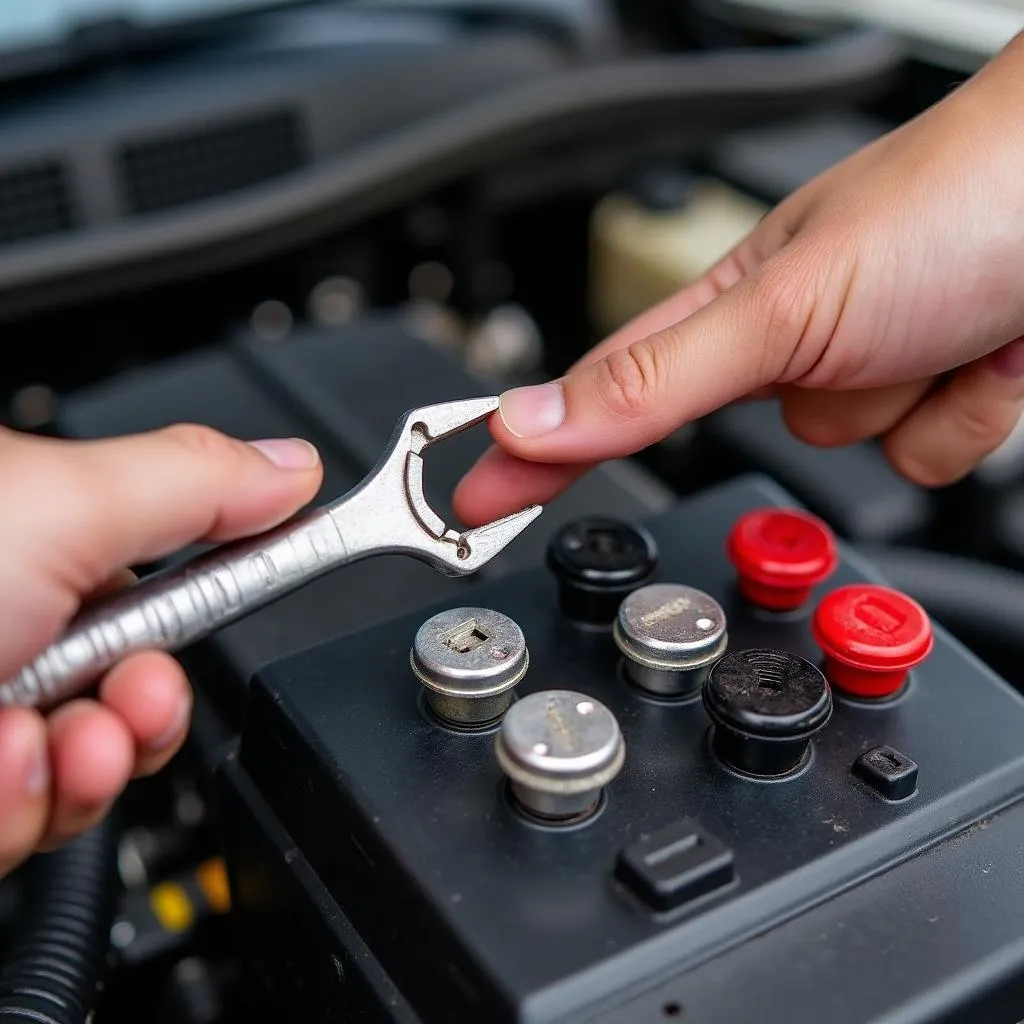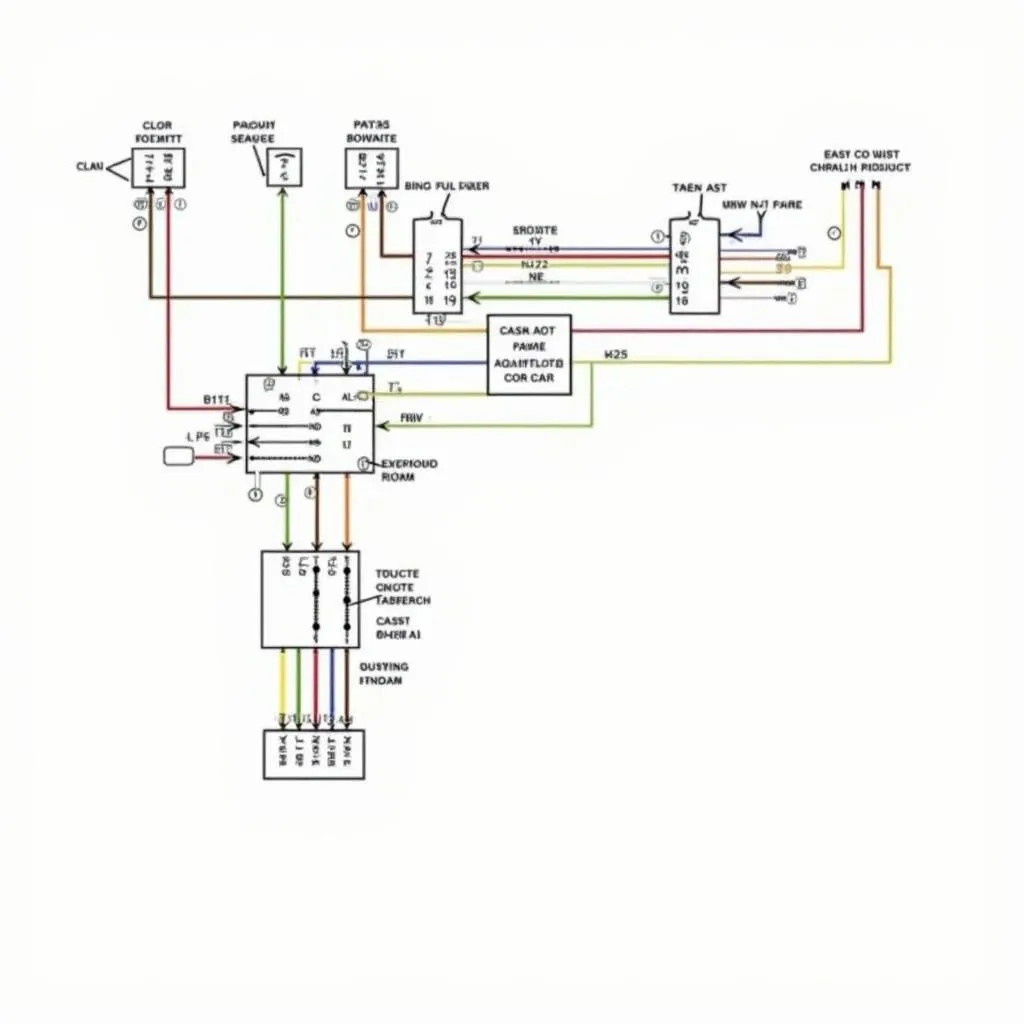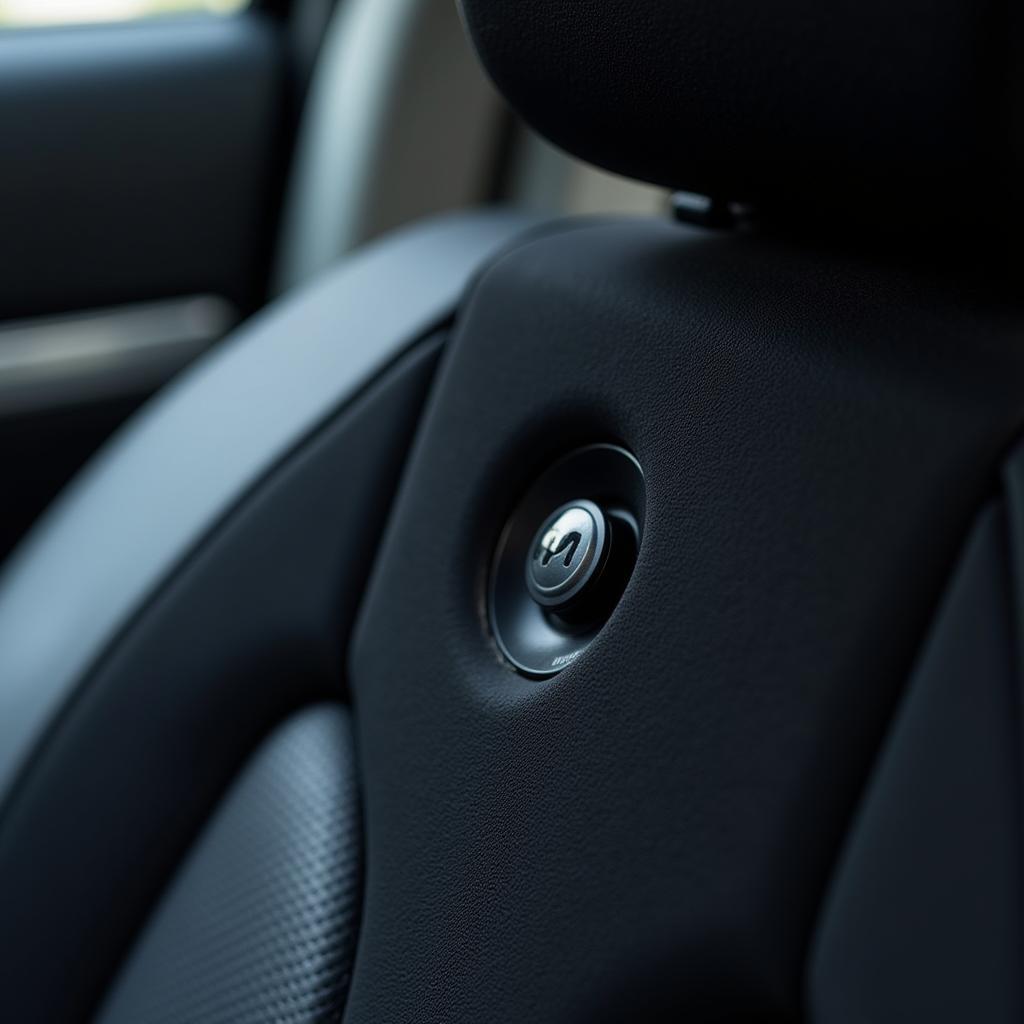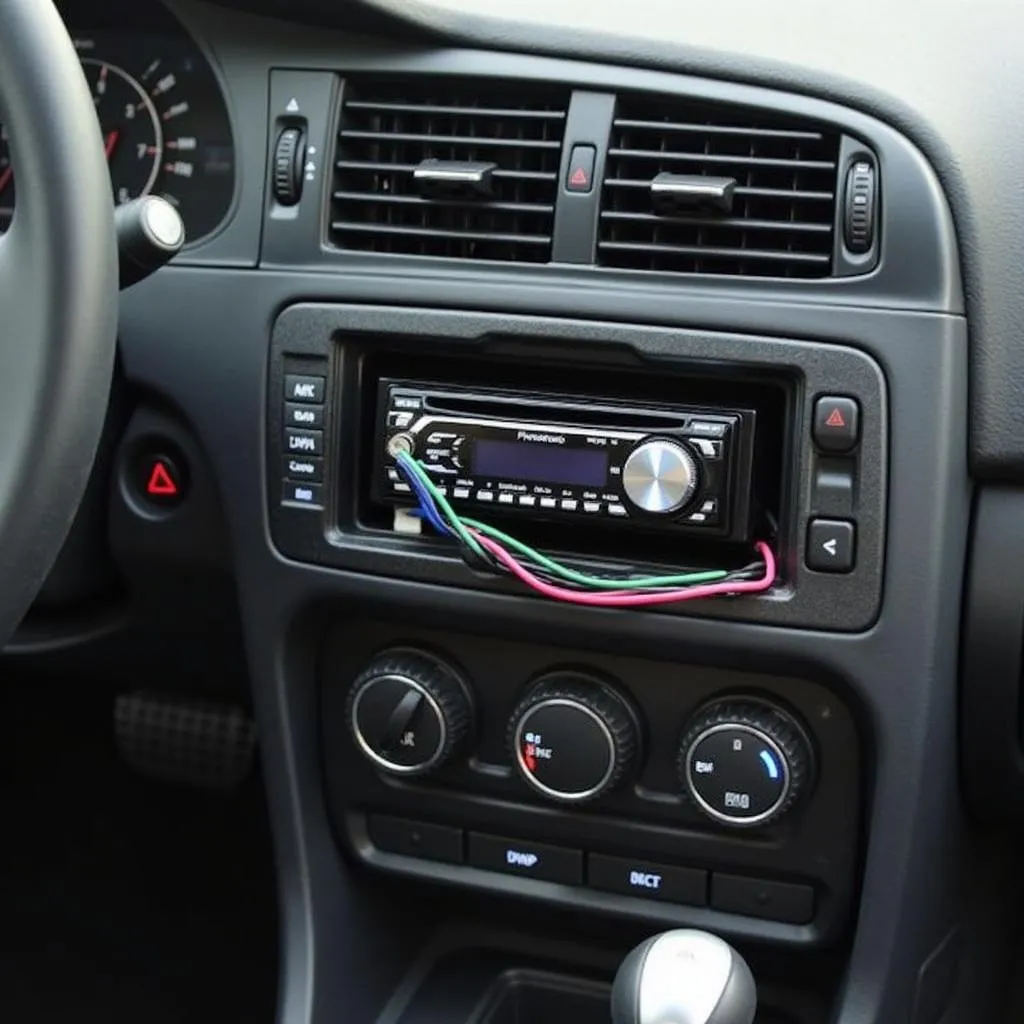Dealing with a malfunctioning aftermarket anti-theft system can be incredibly frustrating. Whether you’re experiencing a car starting issue, or you simply want to upgrade to a new system, removing the old one yourself can save you time and money. This comprehensive guide will walk you through the process of safely and effectively removing your aftermarket anti-theft system.
Understanding the Problem
Before we dive into the removal process, it’s essential to understand why you might want to remove your aftermarket anti-theft system. Common reasons include:
- System Malfunctions: A faulty system can lead to false alarms, starting problems, or even leave you stranded with a vehicle that won’t start.
- Vehicle Sale or Trade-In: Removing the aftermarket system can simplify the selling process and make your car more appealing to potential buyers.
- System Upgrades: You might want to upgrade to a newer, more sophisticated anti-theft system.
Identifying Your System and Gathering Tools
To begin, you’ll need to identify the type of aftermarket anti-theft system installed in your vehicle. This information can usually be found in the owner’s manual or by tracing the wiring from your car alarm (if equipped).
Once you’ve identified your system, gather the following tools:
- Basic hand tools: Screwdrivers, pliers, wire cutters, and a socket set are essential.
- Wiring diagram: This will help you understand the system’s wiring and ensure you don’t accidentally damage your vehicle’s electrical system. You can often find wiring diagrams online or in your vehicle’s repair manual.
- Digital multimeter: A multimeter can be helpful for testing wires and components to ensure everything is working correctly.
- Zip ties or electrical tape: Use these to secure any loose wires after removing the system.
 Tools for removing a car anti-theft system
Tools for removing a car anti-theft system
Step-by-Step Removal Guide
Warning: Working with automotive electrical systems can be dangerous if you’re not careful. Always disconnect your vehicle’s battery before working on any electrical components to prevent shocks or damage.
Step 1: Locate the Main Control Unit
The main control unit is the brain of your anti-theft system. It’s typically located under the dashboard, behind the glove compartment, or beneath the driver’s side seat.
Step 2: Disconnect the Battery
Locate your vehicle’s battery and disconnect the negative terminal first, followed by the positive terminal. This step is crucial for safety and prevents electrical shorts.
 Disconnecting car battery negative terminal
Disconnecting car battery negative terminal
Step 3: Identify and Disconnect Wires
Using your wiring diagram, carefully identify and disconnect all the wires connected to the main control unit. Take your time and double-check each connection to avoid any mistakes.
Step 4: Remove the Control Unit and Components
Once all the wires are disconnected, you can safely remove the main control unit from its mounting location. Next, locate and remove any additional components, such as sensors, sirens, or LED indicators, following the same careful approach.
Step 5: Reconnect the Battery and Test
After removing all components, reconnect your vehicle’s battery, starting with the positive terminal, then the negative terminal. Test your vehicle’s electrical system to ensure everything is functioning correctly.
FAQs about Aftermarket Anti-Theft Systems
Q: Can I remove an aftermarket anti-theft system myself?
A: Yes, with the right tools, knowledge, and caution, you can remove an aftermarket anti-theft system yourself. However, if you’re unsure about any step, it’s always best to consult a qualified mechanic or auto electrician.
Q: What if I don’t have the wiring diagram for my system?
A: You can often find wiring diagrams online through manufacturer websites or forums. If you’re unable to locate the diagram, it’s recommended to seek professional assistance.
 Wiring diagram of a car anti-theft system
Wiring diagram of a car anti-theft system
Q: Will removing the anti-theft system void my car’s warranty?
A: Removing an aftermarket anti-theft system typically won’t void your car’s warranty, as it’s not an original part. However, if you damage any factory wiring during the removal process, it could potentially lead to warranty issues.
Need Help Diagnosing or Removing Your Car’s Anti-Theft System?
Removing an aftermarket anti-theft system can be a straightforward process, but it requires careful attention to detail. If you’re not comfortable performing this task yourself, or if you run into any difficulties, don’t hesitate to reach out to the experts at CARDIAGTECH. We offer a range of diagnostic and repair services, including anti-theft system removal, to get you back on the road safely.
For more helpful articles and guides about automotive diagnostics and repair, browse our website at Cardiagtech.com. We also have a great resource on how to see what anti-theft devices your car has. Or, if you’re looking to reset your anti-theft system, we have a step-by-step guide specifically for a 2004 Chevy Cavalier. We’re here to support you every step of the way.


